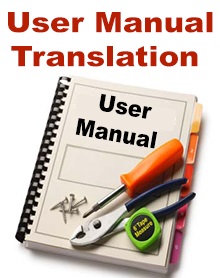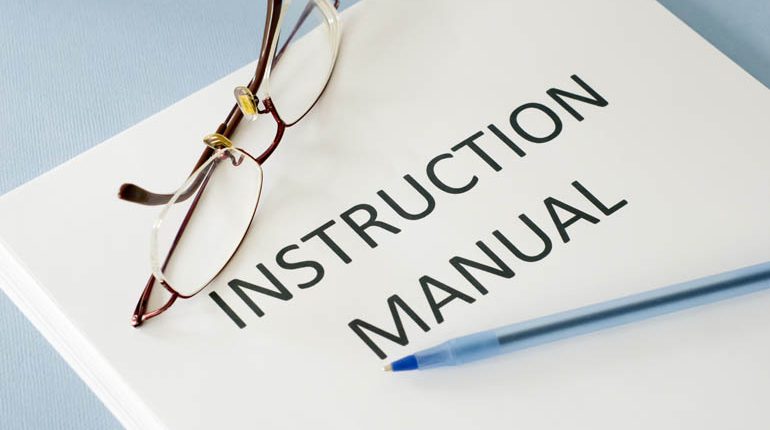A technical or user manual provides critical information on using your product to consumers. If your consumers are non-native English speakers, then it is equally important to translate your technical manual into your end-users’ native tongue. Whether it’s user instructions for the latest smartphone, a maintenance manual for a complicated piece of machinery, or a user guide for new software, having an accurately translated technical manual will help clients make the most of the product or service and ensure their correct use of the product. It also helps limit your liability in the event that the product is used incorrectly, saves time for your customer support team and acts as a springboard for sales. Translating your technical manual may even be required by foreign regulatory bodies in order to sell your product in their jurisdictions.

But translating a technical manual is no easy task. Technical manuals tend to contain a lot of jargon, and if the product or service is newly developed, it may even contain vocabulary that has no direct equivalent in the target language. A literal translation simply won’t cut it when it comes to translating technical manuals. In addition to having a thorough grasp of the concepts involved, the technical translator needs to be able to correctly translate those concepts into the target language and be familiar with the relevant terminology in the target language.
If your technical manual requires translation, here are 5 tips to ensure that you get a technical manual translation that meets your needs:
Look at what’s been done before
If your company has translated technical manuals in the past into the same language, you may have translation memory or a glossary in place that can be re-used, helping lower costs and saving time on your next project. If you have preferred terminology for specific languages, be sure to let your translation company know so that they can incorporate it. Finally, it’s helpful to review the fully designed version to get an idea of the look and feel of the end result. If you’ve produced similar documents in the past, you may want to maintain the same design to meet customer expectations.
Agree on a glossary
If there are key words and terminology that you use throughout your manual, it’s important to translate them as accurately as possible and consistently throughout your manual. Again, if your company has translated manuals in the past, it makes sense to share those translations with your translator. This will help ensure that the language used to describe your product or service is consistent and meets the expectations of your customers.
Keep it simple
Writing technical manuals is complicated enough and correctly translating technical terminology is already a challenge. You may be tempted to add a joke, word-play or culturally-specific reference to lighten things up, but it’s usually best to keep things simple. Humor doesn’t always translate well and can sound jarring in a foreign language. Review your manual to see if there is anything too culturally specific that might not transcend the language barrier. If you’re not sure, your translation company will be able to provide more guidance.
Watch the length
Technical manuals tend to be quite long. This can’t always be helped and it’s hard to keep it brief when you are explaining a complicated process. But keep in mind that translators usually charge per word (sometimes per page) and that the longer your technical manual, the more it will cost to get it translated. Also, when translating from English into Romance Languages (French, Italian, Spanish, etc.) text tends to expand, so your manual will end up even longer. If your manual needs to stay within a certain number of words, make sure the format gives you some space to play with.
Ask for feedback
The whole point of having a user manual translated is to make your product is accessible and easy for your customer to use. Your customers will be able to tell you just how useful your translated manual is and are invaluable source of feedback. If you’ve already published manuals in another language, ask the clients who’ve used them if they have any suggestions. If this is your first time translating a technical manual, make sure to follow up by asking a few questions and note any recommendations for the future.



